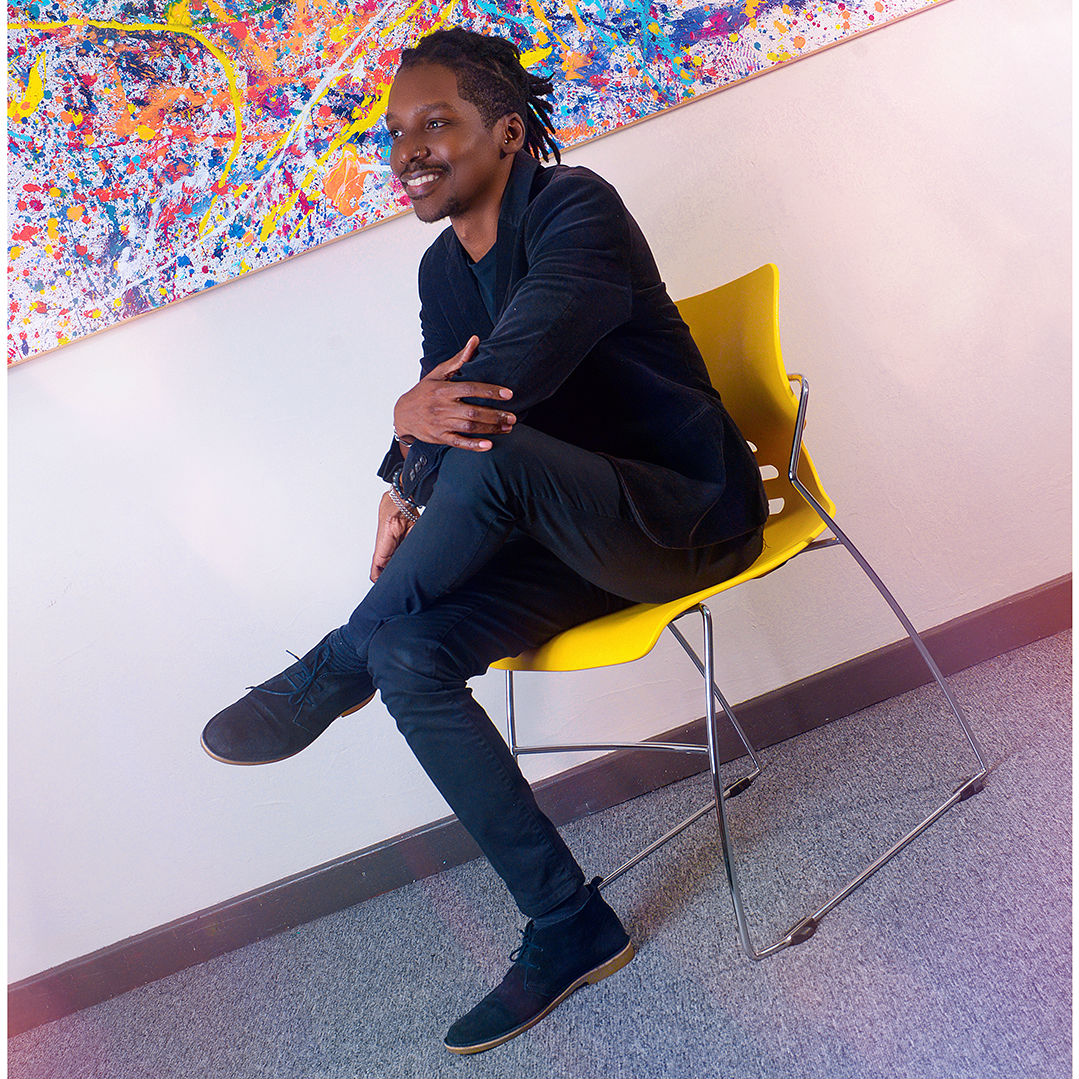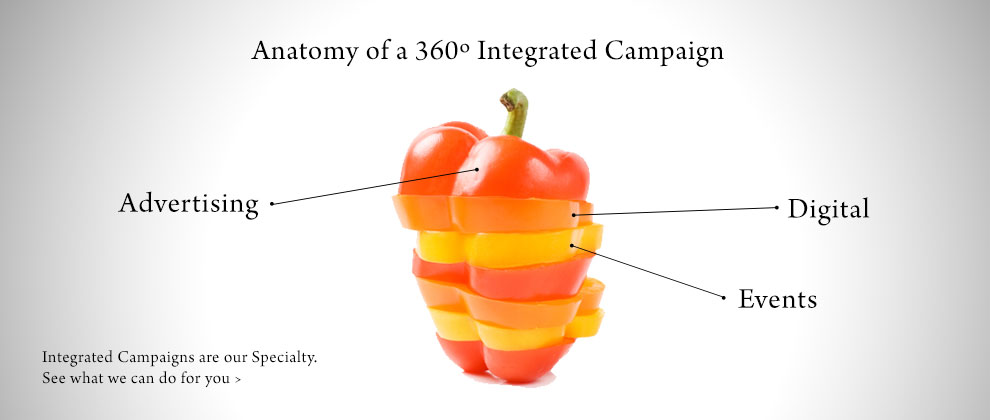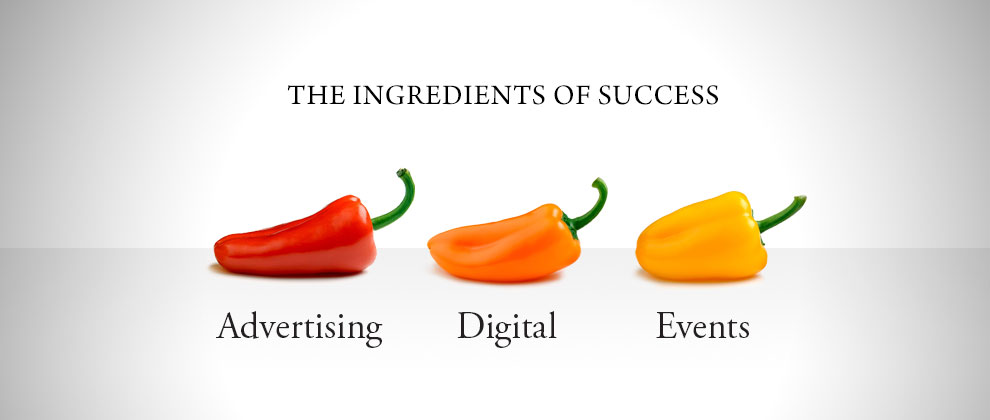This week, Conner, our partner from Junction discusses how a company may be limiting itself through its definition of social media.
It’s one of the most loaded terms in business right now, and each of us has a slightly different interpretation of what is, or isn’t, included in its scope. I’m about to offer you mine, not because I care about the words “social” or “media”, but because I see its overly narrow definition causing too many organizations to limit what’s possible for themselves.
You see, back in the 00’s we were tossing words around to describe this new thing – this practice of creating, sharing, and interacting. We were trying to create a neat and tidy way to describe it all, mostly because executives needed to know exactly what they were cutting cheques for. Plus, it made proposal decks a whole lot easier to build.
The result: The phrase social media came to describe the practice of creating content, publishing, and then managing the community that was developing online. That worked for the moment. It created the conditions for publications and books to be written about the new work that was being done. It also made it possible for employers to hire subject matter experts, and for people to specialize. However, a major flaw developed along the way: That’s just not how people interact anymore.
Where we used to be fascinated by the amount of information that we could gather by scrolling through our newsfeeds, we now spend significantly more time now in DM chats, watching Stories, using niche communities like Strava or Twitch, and ditching our phones altogether for VR and voice. But, if social is about the way that people create, share, and interact, then most organizations are way off the mark in the way that we’ve defined what their teams do.
I’ll offer you an alternative. It’s an inconvenient one, especially if you have created silos and roles and pre-planned budgets for your previous definition of “social media”, but it comes with an upside.
What if we were to define social media as our interactions with our community, aided by interactive technology? What if we developed strategies that aren’t optimized for the channels that we’re using, but for the audience, regardless of which channels they choose?
Instead of customers seeing one thing on Instagram and a totally different message on our in-store digital displays, both of them would be created by the same team working from the same brief, so the experience would be seamless, and it’s possible to imagine that both messages could be personalized.
Instead of wondering how we can possibly use chatbots to provide value, we can ask our community managers what people’s most common pain points are and build a simple solution for that.
Is social media the right term to describe all of these things? Probably not, but it’s the best one that we’ve got for now. The opportunity is to see beyond the label and ask ourselves: What are we really doing here? We’re not in the business of Likes and Shares, just like billboards were never in the business of outdoor impressions. What we are doing, and what this has always been about, is exploring how humans communicate with each other and with organizations. It’s about how ideas spread and, ultimately, how businesses thrive.
When Facebook powers down its last server, and mobile phones join fax machines in the pile of outdated communication machines, the thing that will be untouched is human interaction. Our need to share with each other, and to discover new things is eternal – the medium that we choose as our marketplace for ideas exists for no other reason than to facilitate our communication with each other.
That’s what gets me fired up about social media, and it’s what can get lost in our obsession with the perfectly-styled Instagram grid. The work that we get to do connects the organization to the world in an amazing two-way stream of information. We can educate people, iterate on products, develop whole new business units and fundamentally shift our business models, all by interacting with our communities, aided by technology.
If we don’t, if instead we choose to operate within these artificial constraints that limit our thinking to: Post, Engage, Report, Repeat, then we will be doomed to forever be held hostage by the platform of the moment.
Want to hear more from Conner? Follow @Conner_G on Twitter and sign up here to receive his weekly emails.













